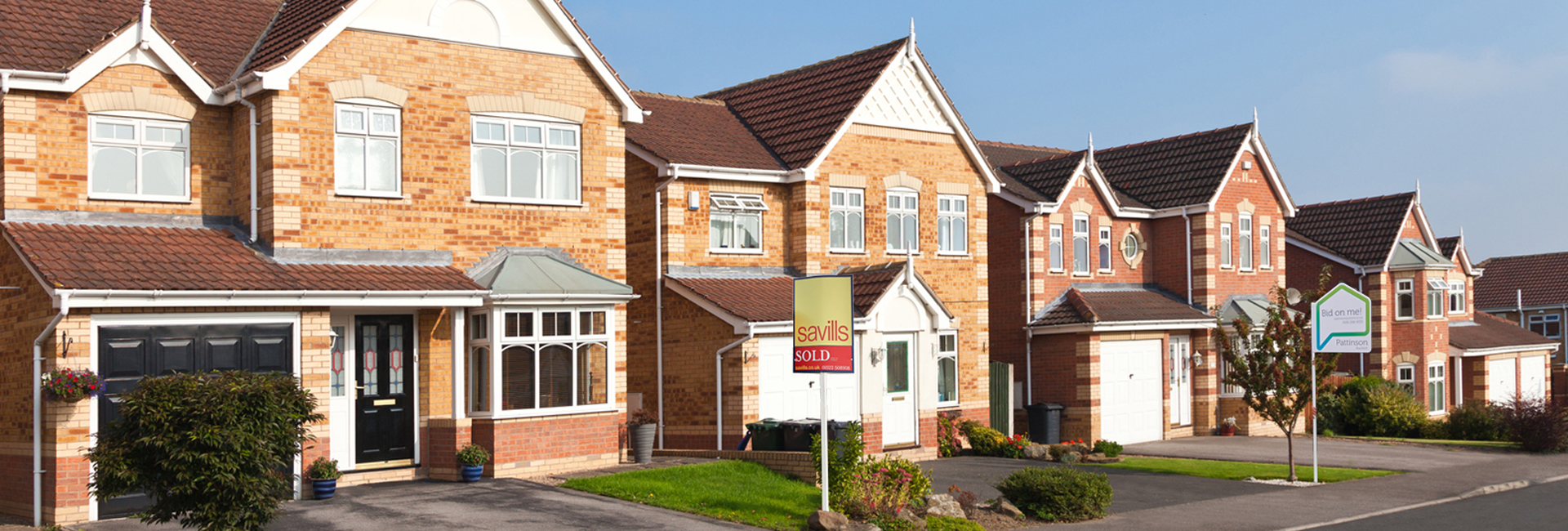Is the cost of living crisis affecting property prices?
Austerity, Brexit, Covid, Ukraine… we live in a world that seems unrecognisable compared to less than 10 years ago. But what is responsible for causing the current cost of living crisis? It’s an impossible question to answer with any clarity in an uncertain economic climate, in a complex world. However, it is intriguing to note that the housing market has so far remained relatively unaffected. More than that, property prices have been increasing relentlessly, despite everything.
Let’s take a closer look at what’s been happening and what property professionals, buyers and sellers can all expect in the near future.
How have property prices grown in recent years?
It’s been an interesting time to watch the housing market grow. House prices have risen to a record high of £286,079 in April 2022, according to the latest Halifax House Price Index. It’s the tenth consecutive monthly rise and the longest run of increases since 2016. The current property boom can be directly traced back to the onset of the Covid when house price growth was fuelled by the first lockdown in particular.
The heady combination of cheap mortgage deals available at the time, combined with the government’s stamp duty holiday and a general desire among many homeowners for more living space are certainly a major factor in boosting buyer demand, sending house price inflation spiralling.
According to the Nationwide, house prices were up by 12.6% over the last year – adding around £30K to the cost of the average home. Multiple surveys indicate that the housing market has continued to defy economic conditions, two whole years after the start of the coronavirus pandemic. Property price growth may seem counterintuitive in the face of the growing economic headwinds coming our way. After all, the mortgage rate and cost of living rises have arguably been on the cards for some time. Then there’s the rising global economic uncertainty caused by the war in Ukraine.
What is causing the current squeeze on household budgets?
In terms of affordability, the gap between earnings and house prices is also still widening. ONS figures report that a home in England now costs an average of 9.1 times earnings, up from 7.9 times earnings in 2020 and 3.5 times earnings in 1997. This is bad news for homebuyers, many of whom will be struggling to save up for ever-larger deposits, pushing many would-be homeowners further into long-term renting.
In addition, rising inflation and energy prices coupled with wage stagnation is fuelling the current cost of living crisis. In April 2022, Agency Express Property Activity Index highlighted, “several reports of waning demand across the market due to the cost-of-living increases and the pending increase in the Bank of England interest rates”.
Inflation is rising at its fastest rate in 40 years and currently stands at around 9%. UK petrol and diesel prices have hit their highest levels on record in recent months. Gas prices have soared as the energy price cap was raised by 54%, increasing annual gas bills by some £700 for households. Another sharp increase is set to take effect in October.
With prices rising across the board, household spending is squeezed hard in all areas. Unsurprisingly, the cost of living crisis is starting to take its toll on many households.
What does this mean for the housing market?
The National Association of Property Buyers predicts that the current cost of living crisis will have a significant impact on house prices. Without the cost-of-living crisis and the impact of world events, 2022 should have been a positive year for the property market thanks to low-cost accessible mortgages coupled with continued buyer demand. However, this is not the case because this year’s potential inflation is responsible for reduced national growth in the property sector estimated at 2% to 3%.
As for the rental market, tenants will see themselves impacted as landlords look to boost their income to cover rises in their costs. Responsible landlords will take a long-term view and protect rent stability where possible. There are many ways to protect income, investment and costs while working with tenants to ease the financial squeeze.
The surveyor community also expects the rise in house prices to soften in the face of economic and political uncertainty, despite buoyant market activity. The latest RICS Residential Market Survey suggests that “even though there is a lot of caution about the future economic landscape, it seems that limited supply available on the market, coupled with steady demand growth, are still the overriding drivers of house prices.”
What can we expect to see in terms of behaviour?
Industry professionals have been quick to interpret the data and agree that it will take some time for the rise in interest rates to filter through and impact the current buoyant market. Despite further rises, current data does seem to suggest that the economic instability is not dampening anyone’s desire to move.
While other industry members predict that the market appears to have reached the summit of the recent period of UK house price growth. Therefore, people don’t expect prices to fall but it might be safe to presume that we are in the final month or two of double-digit annual growth.
Meanwhile, online mortgage brokers Trussle add that “it’s only a matter of time until the cost of living crisis begins to catch up with the housing market. Households are beginning to feel the effect of inflation, higher energy bills and the soaring cost of living and so are cutting back on day-to-day essentials. This will likely get worse with increasing interest rates. This week’s interest rate rise could add an additional £340.56 to annual mortgage payments alone.”
For the time being, it’s good news for buyers who are presently looking for cheap mortgages, though it is highly likely that mortgage prices will rise in the coming months, making them harder to obtain as the cost of living crisis affects affordability calculations. Sellers, too, should not lose heart since there are still plenty of buyers for every property and prices, at least for now, are holding firm.



 Login
Login















